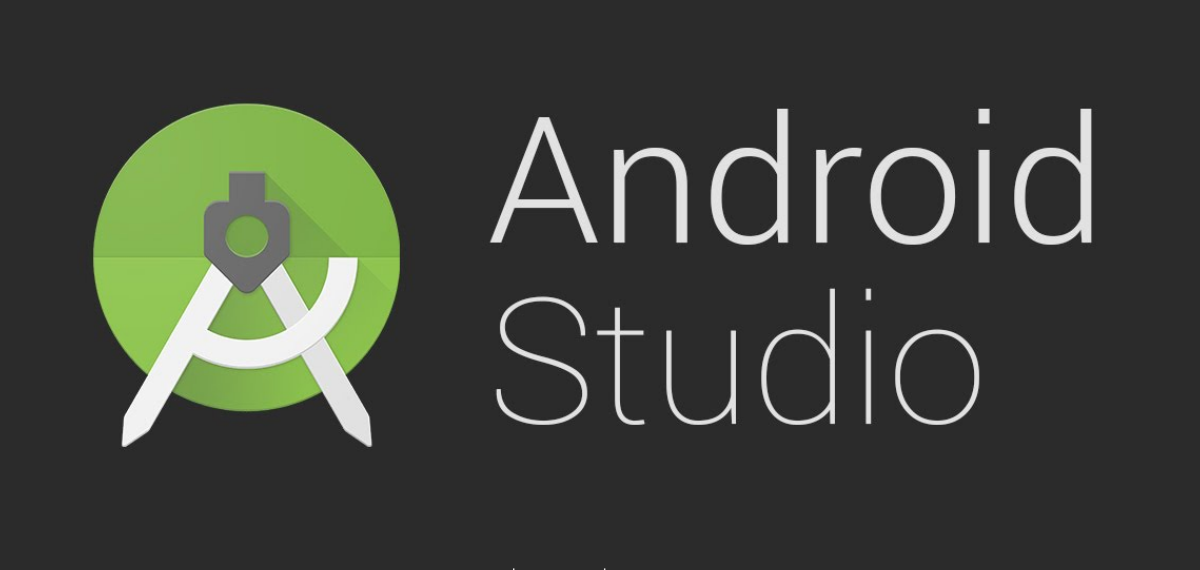Are you looking to create an Android app? With Android Studio, you can easily create your app and hire Android app developers or look into Android app development services to help you get it up and running. This blog post will provide step-by-step instructions on how to build an Android app using Android Studio. You can create a fully functional Android app from setting up your project to deploying the app. Let's get started!
4 Simple Steps To Create An App With Android Studio
Android app development has been booming for years, showing no signs of slowing down. But creating a mobile app can seem daunting, especially if you're new to the process. Android Studio has made creating an Android app from scratch easier than ever. Here are four simple steps to get you started:
Start By Forming New Project
The first step to building an Android app using Android Studio is to form a new project. This involves launching the Android Studio application and creating a new project file. For this, you need to provide a unique name for your project and select the company domain you belong to.
If you are part of an Android app development company, you can provide your company domain name to associate the project with your company. Additionally, you must choose a project location on your computer where all your project files will be saved.
You can start building your app once you have created a new project. Android Studio provides several templates to help you create different types of apps, such as activity, blank, and Google Maps Activity. Depending on the type of app you want to build, you can select the appropriate template and start your development journey.
With Android Studio, you can create high-quality, feature-rich, and user-friendly apps that cater to the needs of your target audience.
In the next section, we will discuss how to create an activity in your new project and start building your app's interface.
Also Read: Top Android App Development Trends To Look For
Build A Layout
After creating your project and adding an activity, it's time to design your app's interface. This is where you'll build a layout for your app's main screen and any additional screens your app may have.
When building a layout, you'll use XML (Extensible Markup Language) to describe the elements on the screen and how they should be arranged. This includes adding buttons, text views, images, and more.
You can build a layout using Android Studio's Layout Editor, which provides a visual interface for designing your layout. You can also write XML code manually if you prefer.
As you build your layout, consider the user experience and how your app's design can enhance it. Ensure your app is easy to navigate and that users can quickly and easily find the information or features they need quickly and easily.
Once your layout is complete, it's time to implement event handlers. These methods will respond to user interactions, such as when a button is clicked, or text is entered into a text field.
Building a layout is a crucial step in creating a successful Android app. If you need help designing a practical layout, consider contacting an Android app development company for assistance. They can help you create a visually appealing and functional layout for your users.
Also Read: Guide to Android App Development: Tips, Tricks, and Strategies for Building Successful Apps
Implement Event Handler
Now that you have created the layout for your app and added all the necessary widgets, it is time to make them functional. To do this, you need to implement an event handler.
An event handler is a method that is executed when a user interacts with a particular widget. For instance, the onClick() method is executed when the user clicks a button.
Wrapping Up
Remember, building an app takes time, effort, and patience. Keep practicing and learning new skills to improve your app-building abilities. Always test your app thoroughly and ensure it works seamlessly before publishing it.
Also, keep in mind the importance of an excellent user interface. Design your app in a visually appealing way and easy to navigate.
Lastly, seek help from online communities and resources like StackOverflow or Android Developer Documentation. These resources are filled with helpful information and experienced developers willing to guide you in the right direction.






